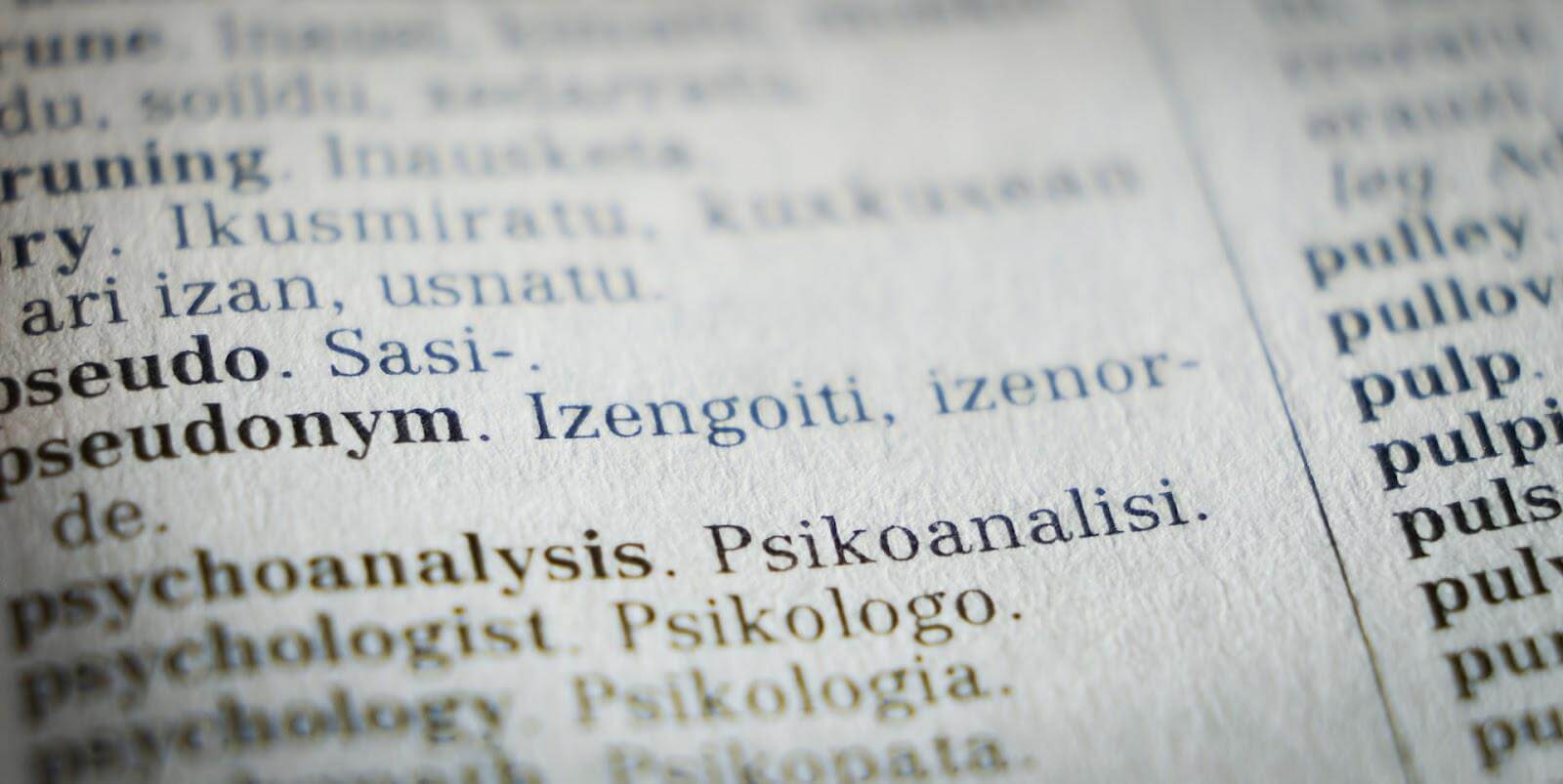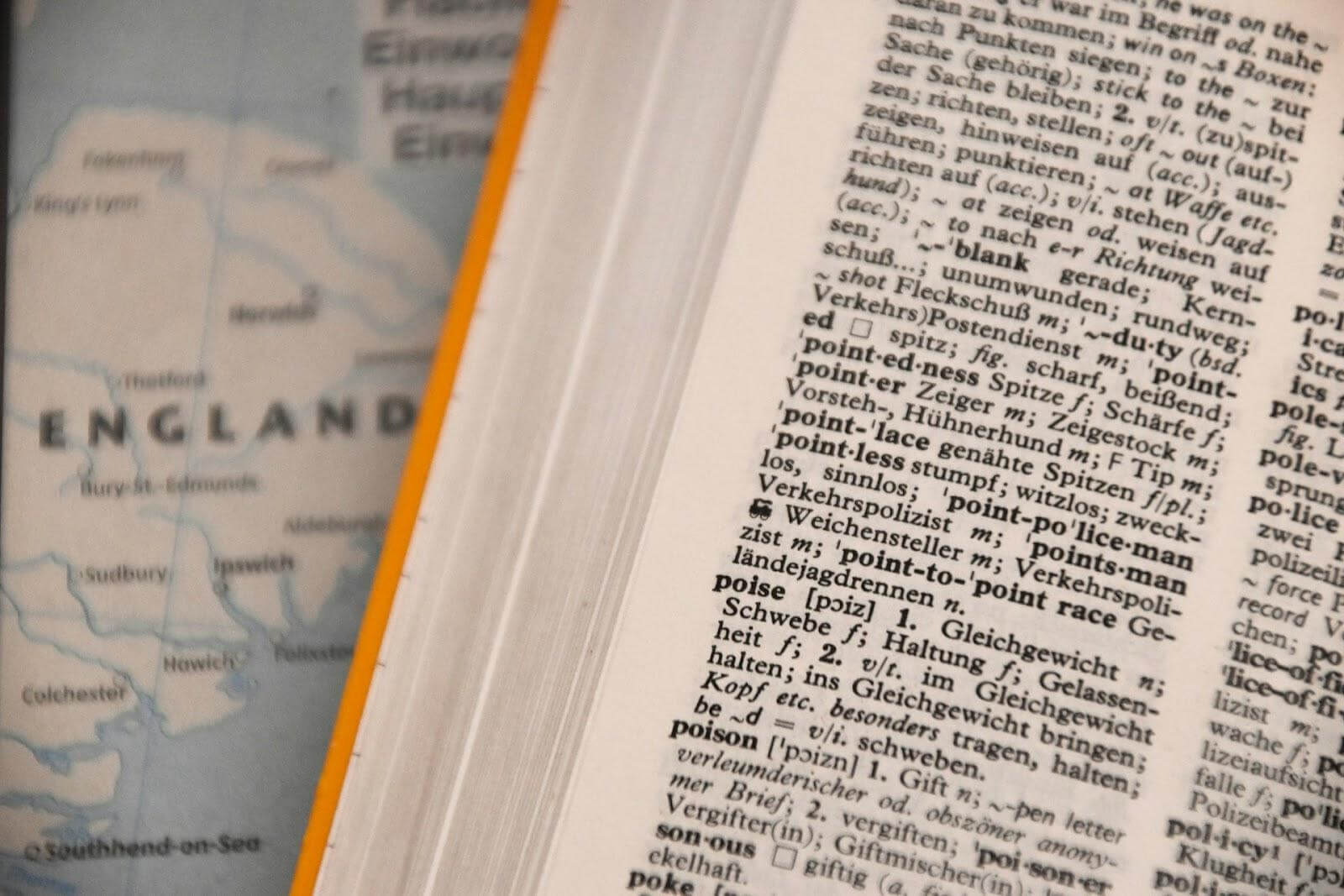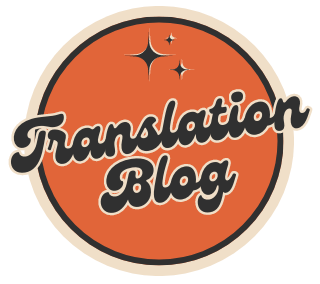Exchanging ideas and navigating research is common in academia. However, it becomes challenging when this is from a different country and culture. To get through this, you must know how to translate academic works. Whether it is a scientific paper or an article, academic translation needs precision. The translator needs to have a detailed understanding of the field.
As a teacher or student, you can undergo the task of translating tasks or you can hire a professional to get it done. A ghostwriter österreich can help with translation while maintaining the highest quality. However, if you decide to do it yourself, there are some best practices you must follow.

What to Do When Translating Student Work
Knowing the right academic writing tips to follow when translating student work can help you. Important things to note and do before and when translating academic texts include:
Understand the subject matter
The first step to quality academic translation is a deep-seated understanding of the subject matter. You must only be translating from a field you are very familiar with. So, it is better to have someone with legal experience translate only legal documents.
That way, you can ensure the translation is correct based on its workings. In addition, you can ensure it meets the required academic standards.
Master academic writing
The efficiency needed to translate a random blog post on the internet is not the same that is needed to translate academic texts. First, academic writings follow a different structure from other writing types. Also, the style and tone of academic writing will not be similar to that of a blog. A great skill that is needed when translating student work is to master academic writing. In case it’s really hard for you, you may address a ghostwriter agentur for a help.
Ensure confidentiality
Academic writings are the intellectual property of the writers for which it is credited. While many academic writings are published, this does not take away the intellectual property rights of the writer. When translating, you must ensure the highest confidentiality by not taking advantage of the situation. The translation must be academically correct and grammatically aligned with the original work.
What to Avoid When Translating Student Works

As there are things to do when translating academic works, there are also others to avoid. Knowing what to avoid is as important as knowing what to do as one simple mistake can have serious consequences. So, some important academic translation mistakes and tips for students to avoid include:
Do not underestimate the context
With academic translation, context matters a lot. Do not pay attention to the content of the academic text you are translating while ignoring its audience. After reading the text, take your time to figure out its purpose and audience. Underestimating the context can result in incorrect interpretations of phrases and words.
Do not use the wrong style
When translating academic texts, do not use an informal approach. Generally, academic writing is usually more formal and structured than many other writing types. Attempting to deviate from this formality might result in translating the original work into a different text. In addition, translated text can lose its professional acceptance in the writing community.
Do not use literal translation
The nuances of academic translation are such that words may not always mean the same when translated literally. This is more important when the translation is for scientific documents. As much as possible, do not translate academic words and phrases literally. Instead, use words and phrases that convey the idea and context of the original text to its new audience.
The Process to Follow When Translating Student Works
As a teacher offering ghostwriting services, there are several steps involved in translation. The goal of every step is to arrive at an accurate translation within specific contexts. The steps to follow when translating academic texts include:
- Start by familiarizing yourself with and understanding the idea of the original text.
- Analyze the main ideas and research key terminologies of the text.
- Provide the best translation for the original text while keeping it professional.
- Proofread and make any necessary edits to ensure the final outcome is perfect.
Conclusion
Academic translation is important and requires strict measures to get it done. Considering how much it contributes to enhancing knowledge, it is best to make it as accurate as possible. Also, make sure to constantly proofread and edit as you translate for a more accurate outcome.

